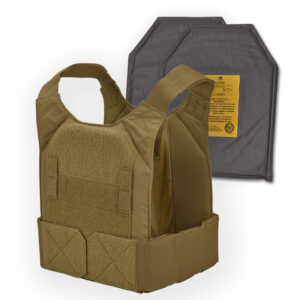Best Practices For Law Enforcement Tactical Training
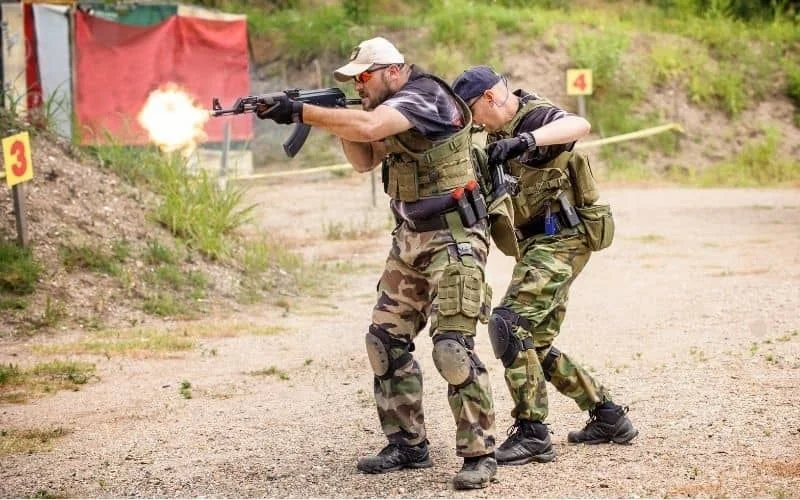
Law enforcement tactical training is essential to preparing officers to respond effectively in high-pressure, life-threatening situations. This specialized training hones skills such as quick decision-making, critical thinking, physical agility, and the proper use of force. Whether handling active shooter incidents, conducting high-risk arrests, or responding to various types of emergencies, tactical training equips law enforcement officers with the necessary tactical tools to perform their duties safely, ensuring both their safety and that of civilians. In this blog, we’ll explore the importance of tactical training for law enforcement and highlight the best practices agencies should follow to ensure the most effective training possible.
What Is Tactical Training?
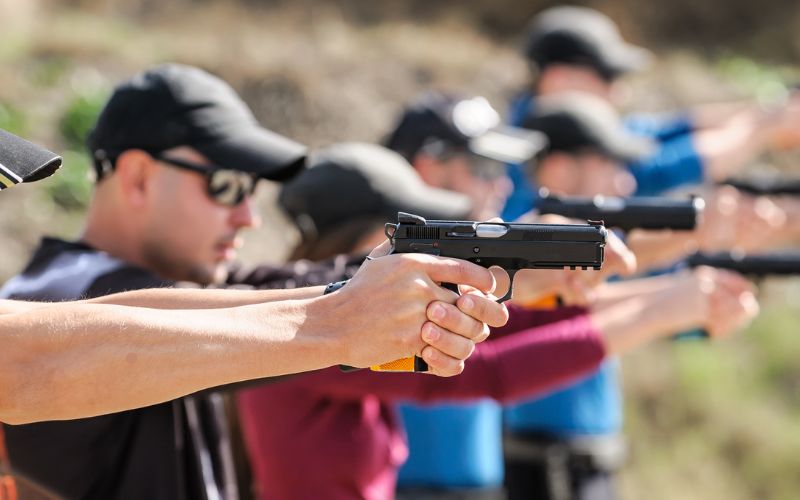
Tactical training refers to specialized skills and techniques designed to prepare law enforcement officers for handling dangerous, dynamic situations that demand quick, decisive action. These scenarios often include high-stakes incidents such as armed confrontations, hostage rescues, or mass shootings. Tactical training aims to enhance officers’ ability to maintain control under stress, accurately assess threats, and apply force appropriately.
In addition to physical readiness, tactical training emphasizes mental fortitude, effective communication skills, and teamwork, all of which are essential when responding to unpredictable, high-risk situations. Tactical training may involve simulations, drills, and real-world scenarios to help officers become proficient in responding to danger.
How To Build an Effective Tactical Training Curriculum?
A well-structured curriculum ensures that police students, officers, and instructors are aligned with their agency’s mission, as well as tactical training expos and events. Core topics include modern tactics, negotiation, and the use of equipment. Scenario-based content enhances operational preparedness across various roles, including patrol, SWAT, and supervisory personnel. Adhering to U.S. and state guidelines ensures training meets community and security requirements.
Best Tactical Training For Law Enforcement Officers
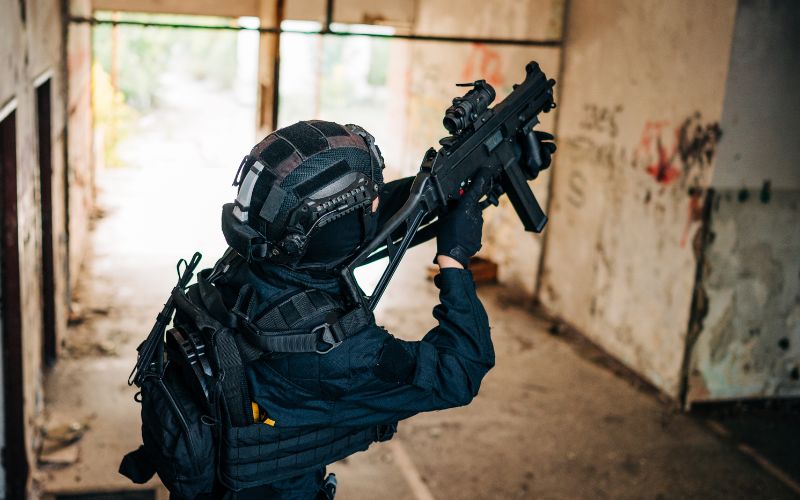
Training law enforcement officers in tactical response techniques should prioritize real-world applicability, consistency, and continuous improvement. A well-rounded approach is key to ensuring that officers are prepared for any situation. Below are essential components of the best tactical training programs.
1. Scenario-Based Training
One of the most effective ways to prepare law enforcement officers is through scenario-based training. This training method immerses officers in realistic, simulated environments that replicate potential real-world incidents. The goal is to help officers practice decision-making and quick responses under stress while refining their tactical skills.
1.1 Realism in Training Simulations
Using real-world environments, role-playing actors, and stress-inducing scenarios creates an authentic learning experience. Officers can engage in active shooter simulations, hostage situations, and other complex incidents, which helps them translate theory into practice. The more realistic the scenario, the more effectively officers will internalize and retain the skills learned during training.
1.2 Stress Inoculation
Training under stress mimics the physiological and psychological responses officers experience in the field. This stress inoculation builds resilience, allowing officers to make sound decisions under pressure. Officers must be exposed to different types and levels of stress to ensure they remain composed and effective in real-life encounters.
2. Use Of Force And De-Escalation Training
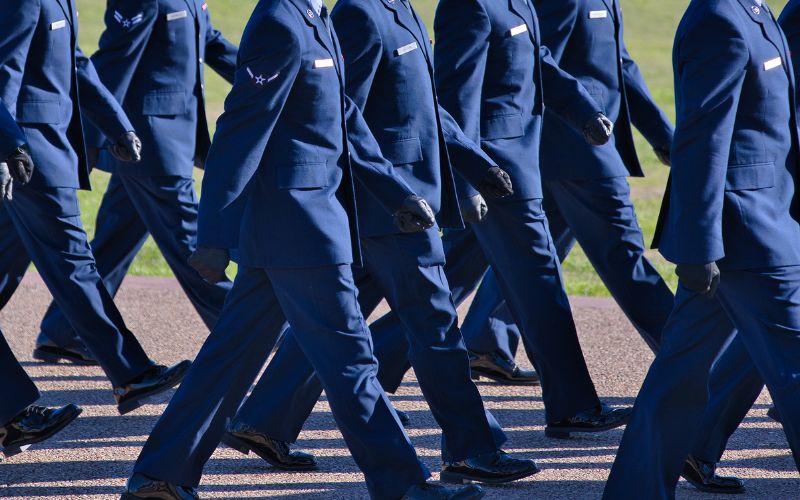
Law enforcement officers must be equipped to determine the appropriate level of force in any given situation. This often involves striking a balance between the need to protect public safety and avoid unnecessary harm. Use-of-force training should emphasize the importance of understanding legal parameters, human behavior, and alternative methods of conflict resolution.
2.1 The Continuum of Force
Officers should be trained on the use-of-force continuum, which ranges from verbal commands to the use of lethal force. This model provides officers with a guide for assessing threats, determining the least force necessary to control a situation, and enhancing their survival skills in critical incidents.
2.2 De-Escalation Techniques
De-escalation is critical to reducing the need for force during confrontations. Officers should be trained to recognize signs of emotional distress, mental illness, or heightened aggression and employ verbal and nonverbal techniques to calm potentially volatile situations. By prioritizing de-escalation, agencies can reduce the frequency and severity of use-of-force incidents.
3. Firearms Training And Precision Shooting
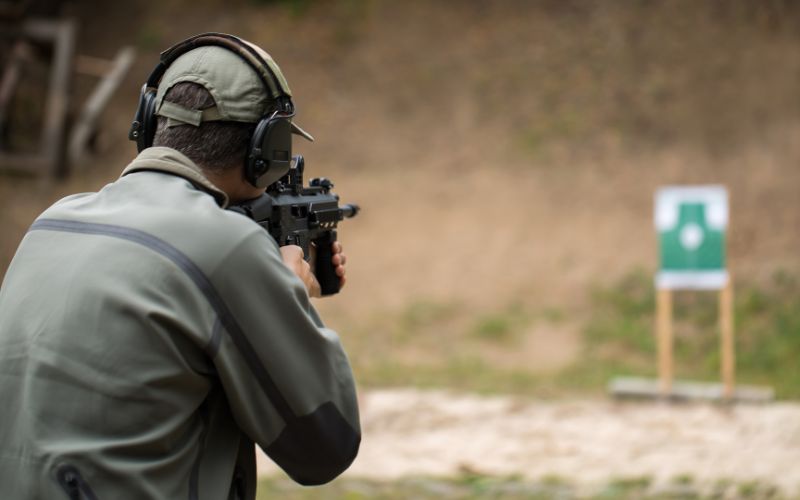
A core component of tactical training involves properly handling and using firearms. Law enforcement officers must maintain a high level of proficiency in firearms handling to ensure they can act swiftly and accurately when lives are at stake.
3.1 Regular Live-Fire Exercises
Routine firearms training is crucial to maintain proficiency in shooting accuracy, reloading techniques, and firearm maintenance. Whether for law enforcement personnel or individuals using a firearm for home defense, regularly engaging in live-fire exercises at indoor and outdoor ranges helps develop muscle memory and build confidence with their weaponry.
3.2 Dynamic Shooting Drills
Beyond stationary target practice, officers should practice dynamic shooting drills. These drills, which may involve moving targets, low-light conditions, and stress-induced scenarios, simulate the real-world challenges of using firearms in the field.
4. Physical Fitness And Agility Training

Physical fitness is crucial to an officer’s ability to perform their duties effectively. Tactical training should incorporate exercises that enhance officers’ endurance, strength, flexibility, and agility, all of which are essential during physically demanding situations.
4.1 Functional Fitness
Functional fitness routines, which mimic the movements officers may perform in the line of duty, should be a core component of training. Exercises such as sprinting, jumping, climbing, and grappling simulate real-world activities that officers may need to perform during a foot pursuit or a physical confrontation.
4.2 Tactical Agility
Agility training sharpens an officer’s ability to move quickly and precisely change directions. This can be crucial during dynamic entry scenarios or when navigating confined spaces. Speed and agility drills, including obstacle courses, are excellent ways to enhance officers’ tactical mobility.
5. Crisis Intervention And Mental Health Awareness
As law enforcement demands evolve, officers must be equipped to handle situations involving individuals in mental health crises. Training programs should include specialized instruction on crisis intervention, mental health awareness, and communication techniques to help officers interact effectively with distressed individuals.
5.1 Crisis Intervention Training (CIT)
Crisis Intervention Training teaches officers how to respond to situations involving individuals with mental illness, substance use disorders, or emotional instability. CIT programs emphasize empathy, active listening, and communication strategies that prioritize the safety and well-being of all individuals involved.
5.2 Recognizing Behavioral Cues
Officers should be trained to recognize signs of mental health distress, such as erratic behavior or non-compliance that stems from fear or confusion rather than malice. This knowledge can help officers make informed decisions about how to de-escalate the situation and whether to involve mental health professionals.
6. Tactical Communication A Team Coordination
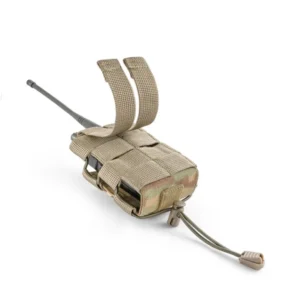
Effective communication is vital during tactical operations, where misunderstandings or delays can have life-threatening consequences. Officers must be trained to communicate clearly and efficiently in high-pressure situations, both with their peers and with command. Radio pouches are essential in ensuring that communication devices are easily accessible, enabling officers to maintain uninterrupted contact and respond promptly during critical moments.
6.1 Clear and Concise Radio Communication
Officers should practice delivering clear, concise, and accurate information over the radio, especially when describing suspects, locations, or the type of assistance needed. Tactical communication drills that simulate real-world communication breakdowns or miscommunication are essential for honing this skill.
6.2 Team-Based Training Exercises
Tactical operations often require multiple officers to accomplish a shared goal. Therefore, team-based drills focusing on coordination, trust, and communication are crucial. Officers should train in close-quarters battle (CQB) scenarios, dynamic entries, and other situations that demand coordinated movement and strategy.
7. Ethical Decision-Making And Legal Considerations
Law enforcement officers must be physically and tactically prepared and make ethically sound and legally justified decisions in the field. Training should integrate ethical decision-making frameworks and a thorough understanding of legal standards surrounding the use of force, search and seizure, and arrest procedures.
7.1 Judgment-Based Scenarios
Training should include judgment-based scenarios that test officers’ ability to apply the law and departmental policies while navigating ethical dilemmas. These scenarios involve balancing public safety against individual rights, making split-second decisions on whether to use force or handle sensitive situations with discretion.
7.2 Legal Updates
Law enforcement officers must stay informed about evolving legal standards and court rulings that may impact how they perform their duties. Regular updates on constitutional case law and new legislation should be integral to tactical training.
Conclusion
Tactical training for law enforcement officers is a multi-faceted discipline that combines physical conditioning, mental toughness, and technical expertise. Agencies that invest in comprehensive, realistic, and ongoing training prepare their officers for the challenges they will face while minimizing risks to both officers and the public.
Frequently Asked Questions
What topics should be included in law enforcement tactical training?
Essential topics include tactics, negotiation, equipment use, threat identification, and preparedness for high-risk operations.
Who can attend tactical training classes?
Police officers, students, supervisors, and other members of the law enforcement community may enroll, depending on the agency’s requirements and course options.
How do instructors measure training effectiveness?
Evaluating performance through realistic drills, evidence-based assessments, and tracking progress in meeting course objectives and operational needs.

